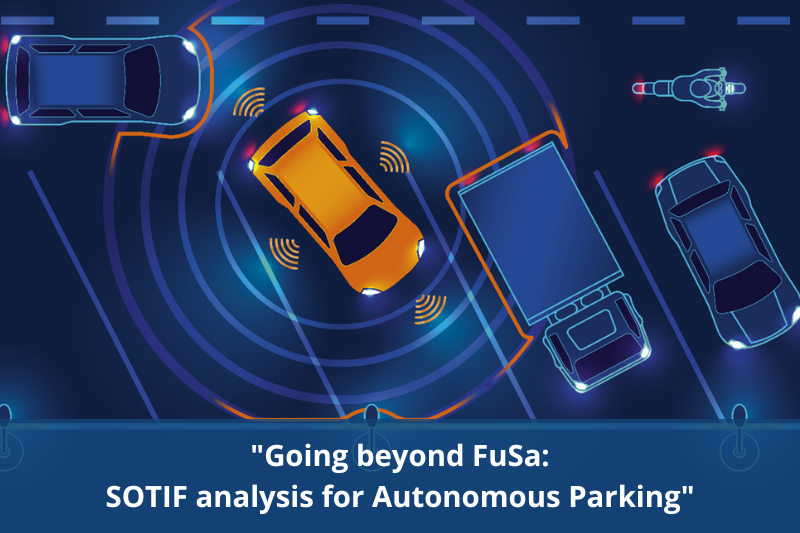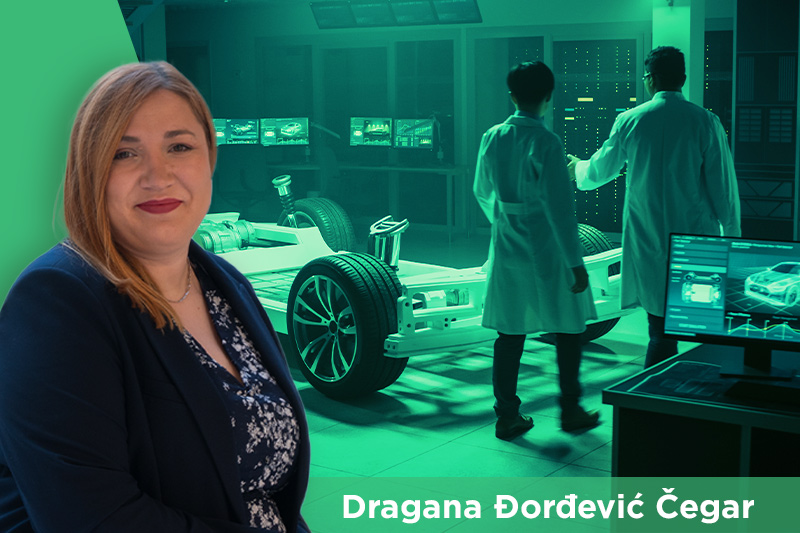
The automotive industry is undergoing a profound transformation. The shift toward software-defined vehicles (SDVs) has created both opportunity and turbulence across the global ecosystem impacting everyone from established OEMs and their Tier 1/Tier 2 partners to agile startups and the core chipmakers. At the heart of this change lies a challenge: how to modernize engineering to use software as its cornerstone, while establishing or preserving appropriate processes, safety and cybersecurity culture.
Ahead of ELIV 2025 in Bonn, Prof. Dr. Milan Bjelica, CEO of NIT Institute, shares a pragmatic view of what’s working, what isn’t, and how NIT helps teams make SDV ambitions into reality.
Autonomy and Electrification: The aftermath of bold promises
The past decade’s two big bets, autonomous driving and electrification have met reality checks.
“Autonomous driving hasn’t reached the maturity many expected; outside a few robotaxi examples still operating in very isolated environments and under heavy remote supervision, we still don’t have true Level 4 or Level 5 in passenger vehicles” Milan notes . “Electrification is also hitting practical limits, availability of charging infrastructure, and timelines that proved too optimistic - so both regulators and OEMs have had to rethink the pace.”
Meanwhile, Chinese OEMs and some other disruptors accelerated global expansion, shipping fast while others debated roadmaps. That backdrop pushed a new banner to the front: “software-first.” For Milan, this is more than a buzzword: cars are becoming connected, customizable, and continuously updatable, much closer to consumer tech, with horizontal integration and a common platform desire. That shift enables new business models but also introduces tighter engineering constraints that the industry now has to meet.
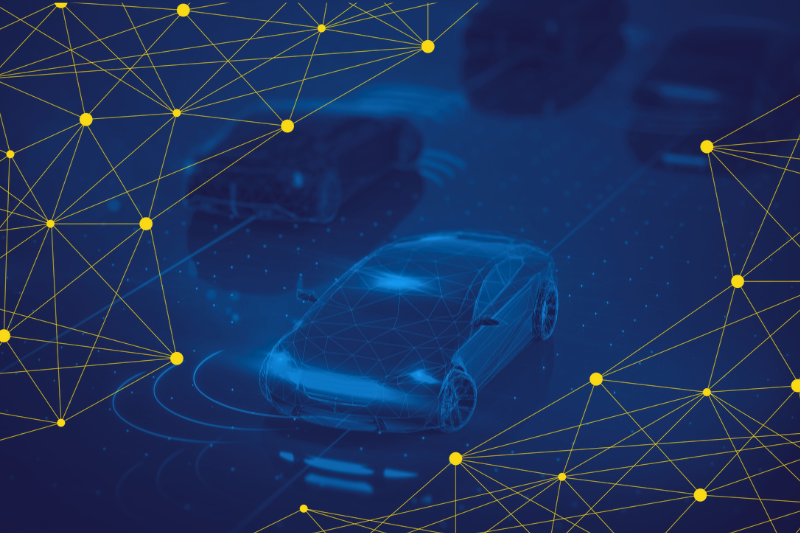
Why SDVs Are Not Smartphones on Wheels
Milan emphasizes that cars aren’t app platforms in the phone sense: they’re safety-critical systems. Resources (CPU, memory, accelerators, networks) must be budgeted and partitioned so non-critical features like media or navigation can never interfere with braking, steering, or ADAS. That’s why SDV architecture centers on function containerization, real-time guarantees, and compliance.
Modern automotive SoCs, such as those from Qualcomm and NVIDIA, help by enabling mixed-criticality compute, but the ecosystem still lacks an “Android moment.” Until one or two dominant software ecosystems emerge, SDV will stay fragmented - more like early smart TVs (some apps, such as YouTube, were ported out to different platforms, but a unified application platform was not there for a long time).
Safety-critical nature of products, as well as the aforementioned platform and interface fragmentation, is exactly why speed is hard in automotive software delivery. In automotive, every meaningful change must clear rigorous assurance gates, impact analysis, verification/validation, and formal sign-offs, especially when a change touches safety-critical or cybersecurity-relevant functions. That’s where CI/CD often slows. NIT’s SafeOps approach designs the pipeline around evidence and traceability, with explicit ownership, review points, and go/no-go criteria through to OTA delivery. As Milan emphasizes, AI is used only where it measurably shortens manual work (e.g., initial drafts of analyses, preparation of work product templates), whereas experts stay in the loop and decisions rest on verified evidence, not automation alone.

NIT’s pragmatic approach: from culture to CI/CD
While many organizations chase new tech, NIT focuses on readiness - building the processes, tools, and mindset needed to make SDV safe and sustainable.
“Our role is to help companies transform from the inside - through upskilling, standardization, and the introduction of continuous integration and deployment pipelines that comply with standards like ASPICE (process maturity for automotive software), ISO 26262 (functional safety), ISO 21434 (automotive cybersecurity) and ISO 8800 (safety and artificial intelligence).”
At NIT, transformation starts with people building safety and cybersecurity culture across roles and, as Milan puts it, helping companies transform their workforce to be ready to embrace the challenges of SDV developments. ”You can’t just hire one expert and expect change. The whole organization must evolve.”
When teams truly understand SDV, safety, and cybersecurity, they apply ASPICE/ISO steps with intent - keeping what adds assurance and dropping what only adds burden. This is the culture Milan points to: people know why each step exists, so workflows are followed willingly, not mechanically. Just as importantly, training and tools move together; great tools without understanding create ballast, while understanding without the right tools kills agility. The outcome is auditable compliance and day-to-day speed.
Our Consultancy and Academy work hand in hand, from implementing ASPICE-compliant CI/CD pipelines to creating tailored upskilling programs for engineers and managers.
The emphasis is on pragmatic execution: aligning safety, cybersecurity and software practices so teams can move quickly without adding unnecessary overhead.
Bridging the industry gap
When asked where companies struggle most, Milan points to the organizational gap. Processes are often inconsistent, tools misused, and teams disconnected. “It’s not enough to buy licenses or tools. If people don’t understand why they’re using them, you end up with chaos or blind bureaucracy,” he said.
To address this, NIT performs gap analyses - high-level assessments that help companies understand where they stand against automotive safety and quality standards, and what it takes to close those gaps. The outcome is always actionable, whether it’s a roadmap for standard compliance, a new CI/CD setup, or a company-wide upskilling plan.
We don’t impose unrealistic expectations. Our clients range from startups entering automotive to established industry leaders; our goal is to make each step cost-effective and practical.
We’re integrating AI where it measurably helps (speeding up analysis and other manual steps), but with experts firmly in the loop. In practice we use traceable AI-assisted steps, human review before acceptance, and alignment with emerging AI risk-management guidance (e.g. ISO/IEC 23894) to avoid automation complacency.
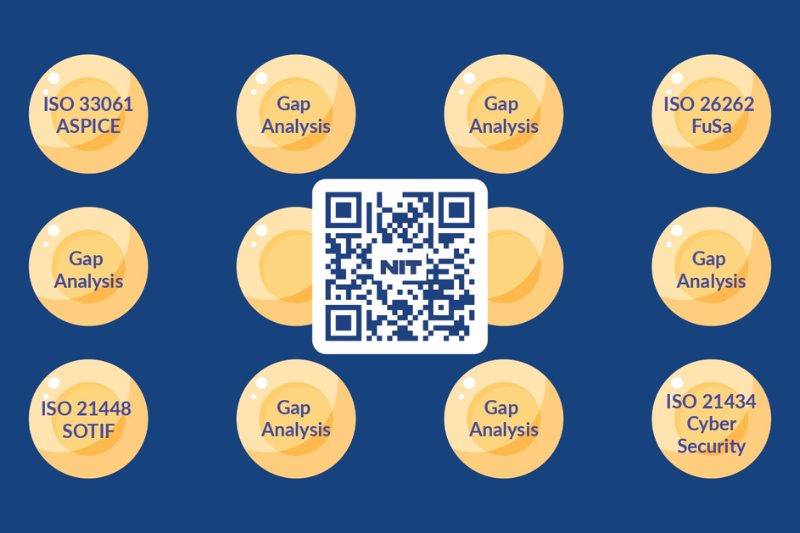
SafeOps and the path ahead
As AI and continuous delivery become the norm, Milan frames NIT’s focus as SafeOps - safe operations for software at automotive pace.
“We help organizations set up fast, reliable, and secure development pipelines. It’s not just shipping faster; it’s proving safety and security at every iteration.”
He will be discussing these topics with peers and clients at ELIV 2025, one of Europe’s leading automotive electronics conferences. “ELIV brings together decision-makers and engineers - a rare chance to understand both strategy and pain points.
We’re there to listen, exchange ideas, and share how SafeOps can make software-defined development more sustainable.”
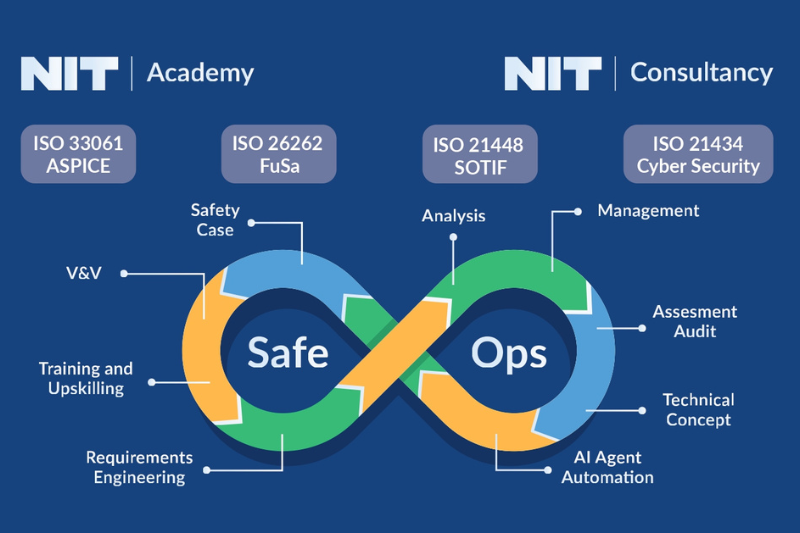
Meet dr Milan Bjelica at ELIV (Bonn)
NIT will be present on the show floor at ELIV 2025 in Bonn. Milan will be available for short, focused conversations.
- Book a 20-minute SDV gap check (process, tooling, safety/cyber)
- Or, drop by to see the offering from one of our clients, RT-RK, at their booth, where NIT will also be present for discussion
Ask for an appointment here or reach out via the NIT contact page or our LinkedIn.
Learn more about NIT’s automotive software engineering, safety, cybersecurity, and other programs at nit-institute.com.


